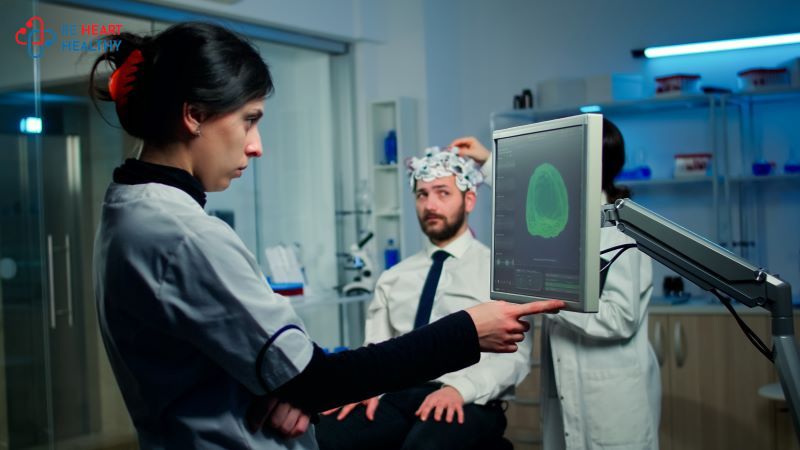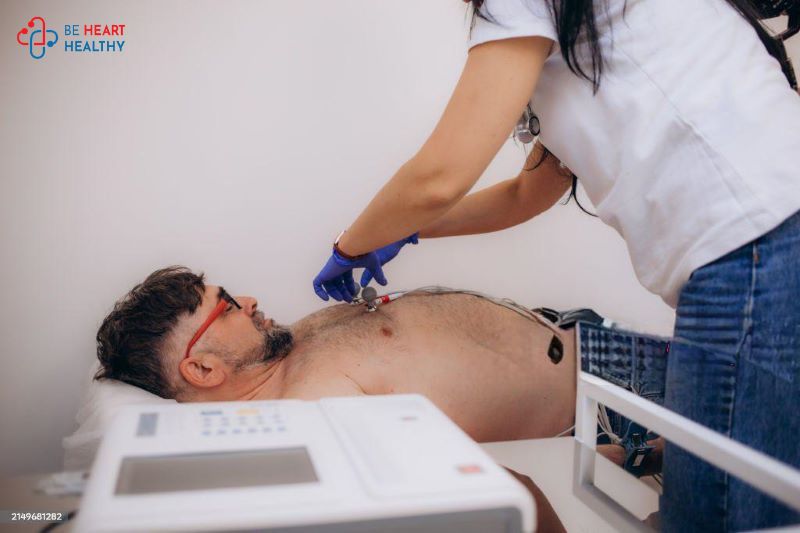Heart disease is a major health concern, and timely diagnosis is crucial to prevent complications such as heart attacks and strokes. Many patients wonder whether an angiography can remove blockages in the arteries. The answer is no—angiography is a diagnostic procedure that helps detect blockages, but it does not treat them. However, it plays a vital role in determining the next steps for treatment. If you suspect you have heart blockages, consulting a Complex Angiography Specialist is essential for an accurate diagnosis and the best treatment options.
Role of a Complex Angiography Specialist
A Complex Angiography Specialist is a cardiologist with expertise in diagnosing and assessing severe and multiple arterial blockages. These specialists use advanced imaging techniques to get a clear view of the coronary arteries, allowing them to make informed decisions about further treatments.
If you experience chest pain, shortness of breath, or other symptoms of coronary artery disease, consulting a specialist ensures that you receive the right intervention at the right time. They may recommend angioplasty, stenting, or bypass surgery based on the severity of the blockage detected in your angiography.
Understanding the Angiography Procedure
The Angiography procedure is a minimally invasive diagnostic test that helps cardiologists examine the arteries supplying blood to the heart. It involves injecting a contrast dye into the blood vessels to make them visible on X-ray imaging. This allows doctors to identify the presence, location, and severity of blockages.
Steps of an Angiography Procedure:
- Preparation – The patient is mildly sedated, and a catheter is inserted into an artery, usually through the wrist or groin.
- Dye Injection – A contrast dye is injected into the bloodstream, making the arteries visible on X-ray images.
- Imaging and Diagnosis – The cardiologist analyses the images to check for blockages and determines whether further treatment is needed.
- Post-Procedure Care – Patients are monitored for a few hours and can usually return home the same day.
While angiography is a highly effective tool for diagnosing heart disease, it does not remove blockages. If significant narrowing of the arteries is detected, the cardiologist may suggest further interventions.
Treatment Options After an Angiography
If a blockage is found during the procedure, the next step may involve medical therapy or interventional procedures such as angioplasty or bypass surgery. The decision depends on factors such as the location, number, and severity of blockages.
- Medications and Lifestyle Changes
For minor blockages, doctors often recommend medications such as blood thinners, cholesterol-lowering drugs, and lifestyle modifications to prevent further artery narrowing. - Angioplasty and Stent Placement
If the blockage is significant but not severe enough for surgery, angioplasty is a common treatment. During angioplasty, a balloon is inflated to widen the blocked artery, and a stent (a small mesh tube) is placed to keep the artery open. - Coronary Artery Bypass Surgery
For patients with multiple or complex blockages, bypass surgery may be the best option. This procedure creates a new pathway for blood to flow around the blocked arteries using a blood vessel graft from another part of the body.
Factors Affecting Angiography Surgery Cost
The angiography surgery cost in India depends on various factors, including:
- Hospital and Location – Premium hospitals in metro cities may charge higher fees.
- Type of Angiography – Standard angiography is more affordable than advanced imaging techniques such as Optical Coherence Tomography (OCT) or Fractional Flow Reserve (FFR) guided angiography.
- Doctor’s Expertise – Highly experienced interventional cardiologists may charge more for their services.
- Additional Procedures – If angioplasty or stenting is performed immediately after angiography, the cost increases.
On average, the cost of a standard angiography in Mumbai ranges from ₹10,000 to ₹40,000, depending on the hospital and specific case complexity.
Choosing the Best Angioplasty Hospital in Mumbai
For patients diagnosed with severe blockages after angiography, selecting the best Angioplasty Hospital in Mumbai is crucial. A well-equipped hospital with an expert team of interventional cardiologists, modern catheterization labs, and 24/7 emergency care ensures the highest standards of treatment.
When choosing a hospital, consider:
- Experience of Cardiologists – Look for specialists with a proven track record in performing complex angioplasties.
- Infrastructure & Technology – Advanced facilities such as hybrid cath labs and robotic-assisted angioplasty improve precision.
- Emergency Services – A hospital with 24/7 emergency care and a dedicated cardiac ICU provides better outcomes in critical cases.
Angiography is an essential diagnostic tool for detecting blockages in the arteries, but it does not remove them. If a blockage is found, further treatments like angioplasty or bypass surgery may be necessary. Consulting a Complex Angiography Specialist ensures that you receive the best guidance and treatment for your condition.
If you have been advised to undergo angiography, choose a reputed hospital with an expert team to ensure accurate diagnosis and timely intervention. The right approach to heart health can prevent complications and improve your quality of life.



